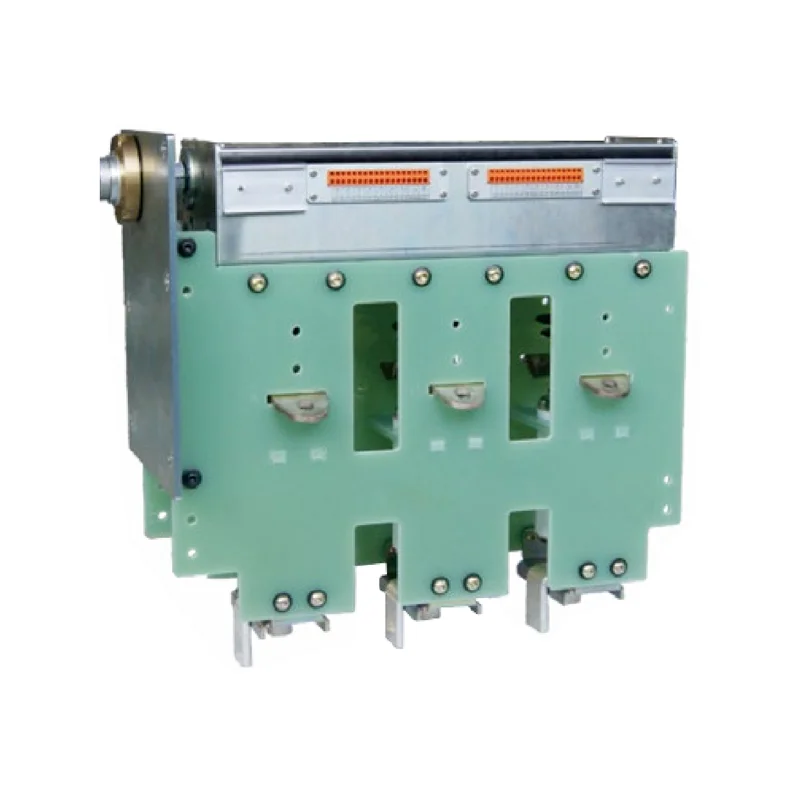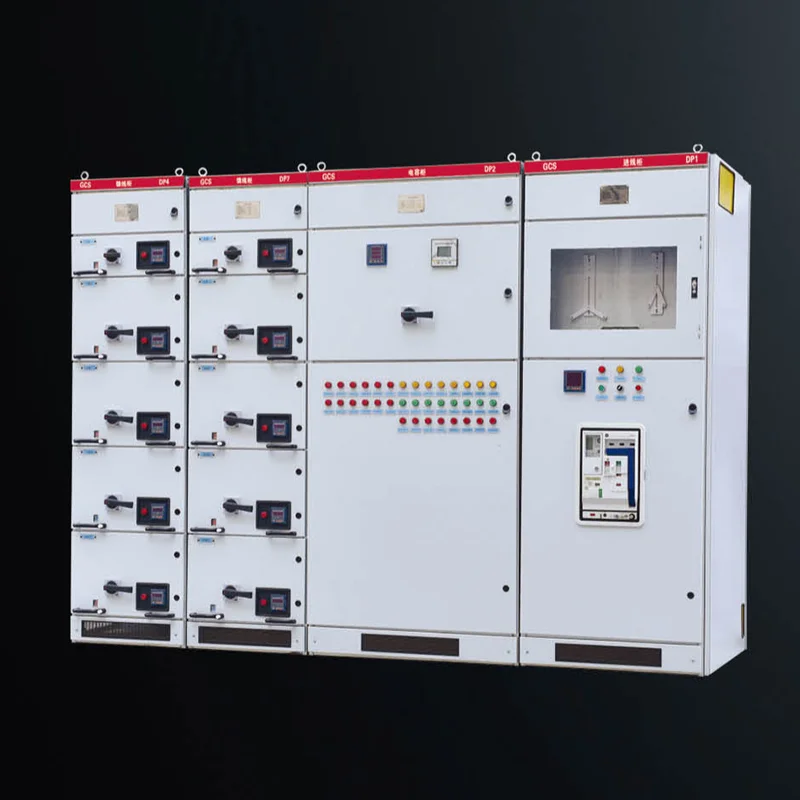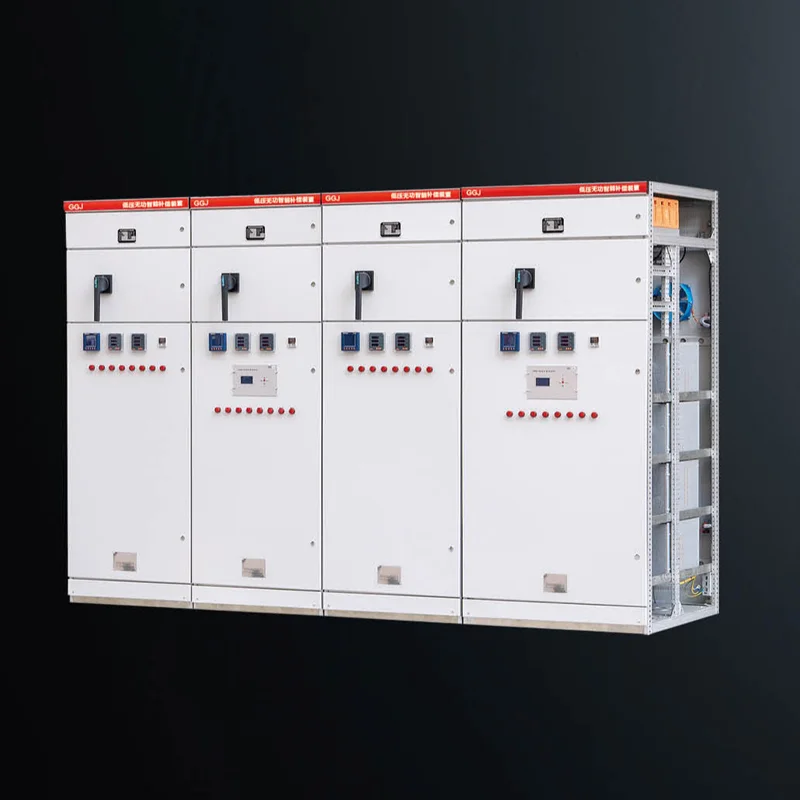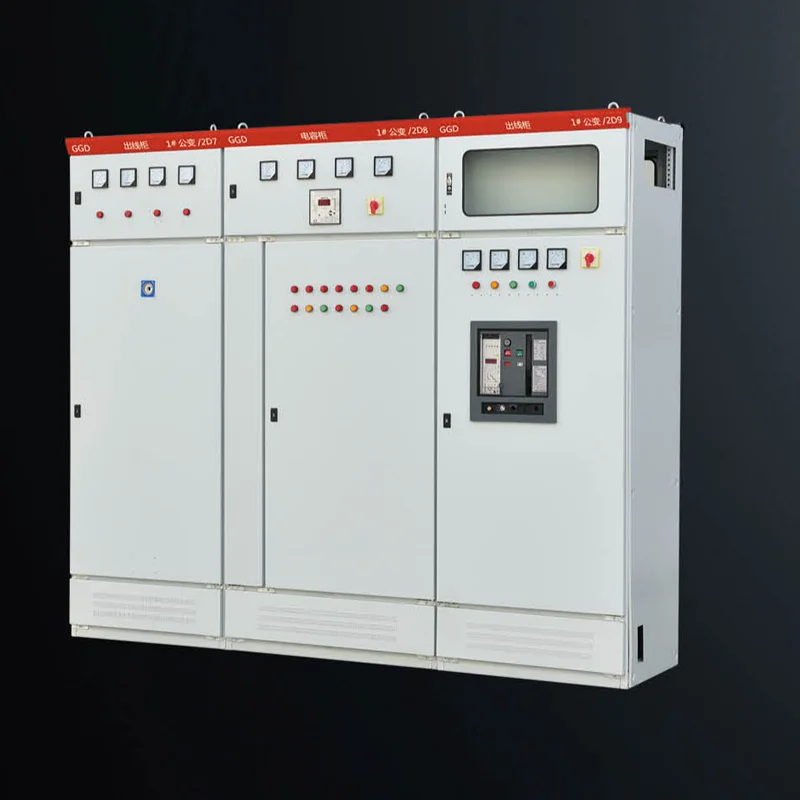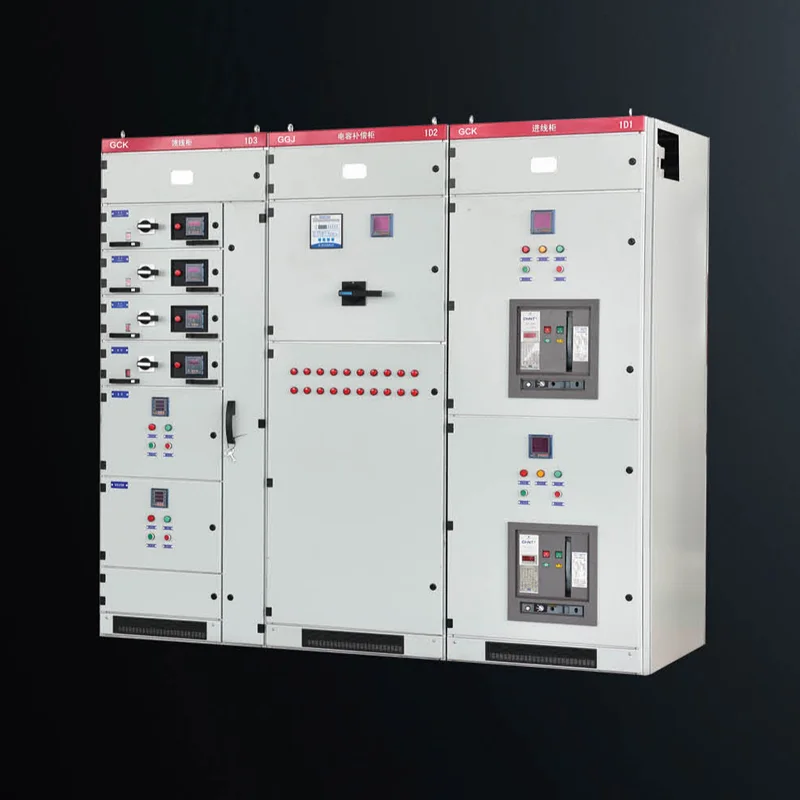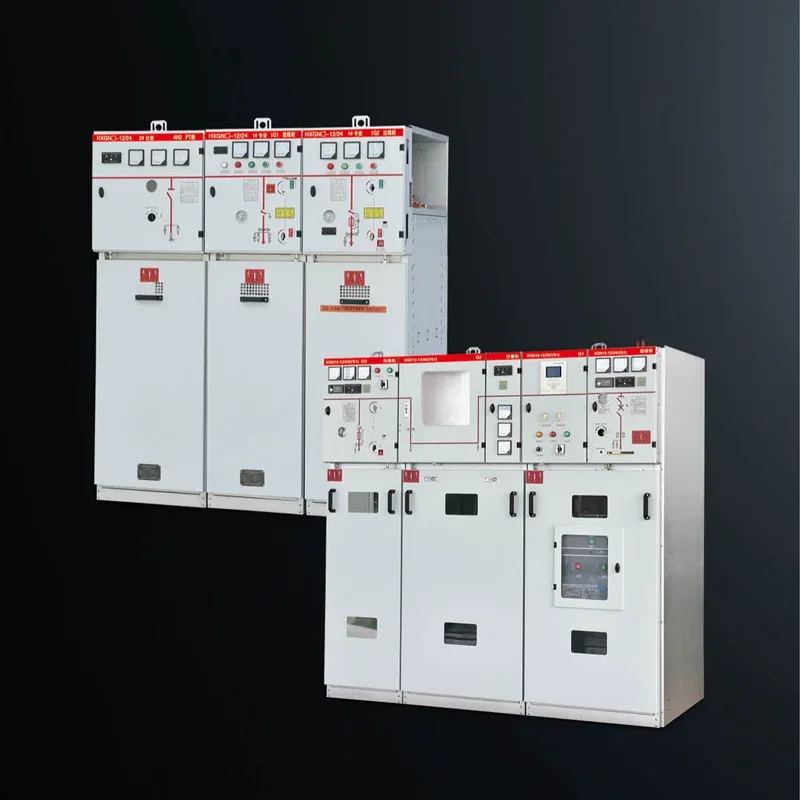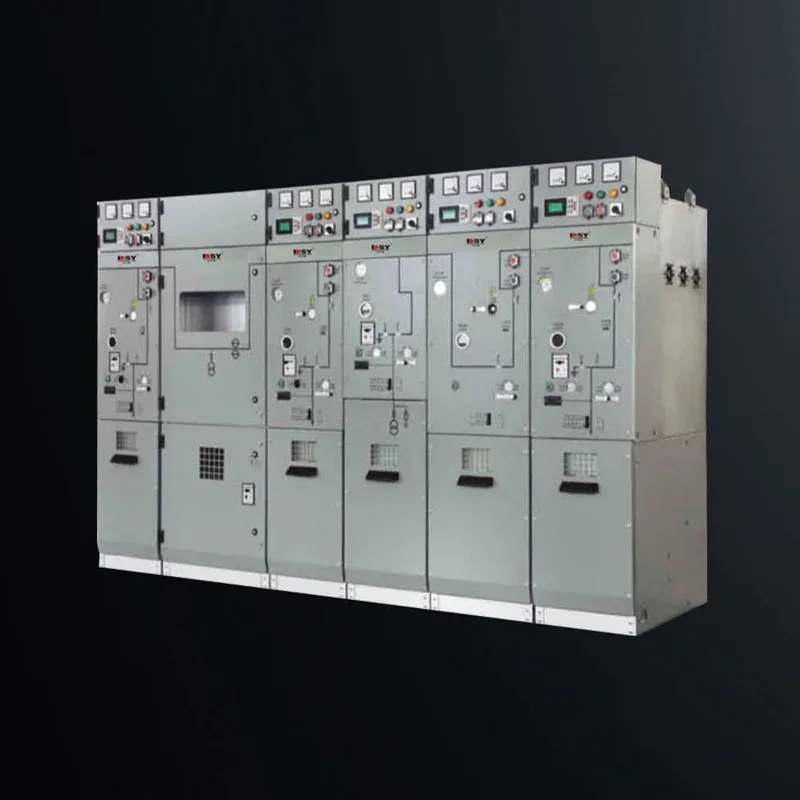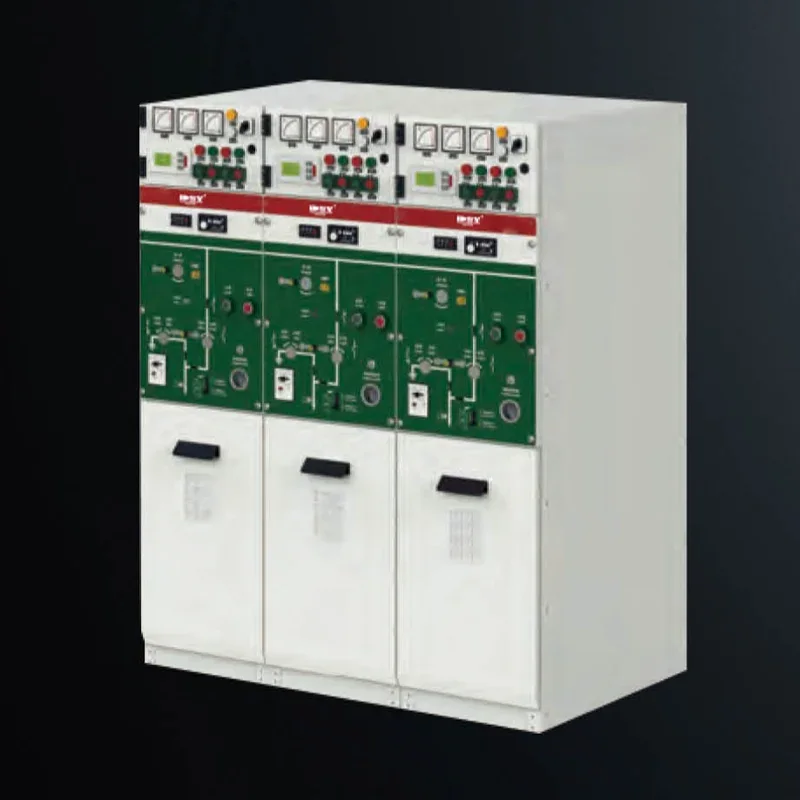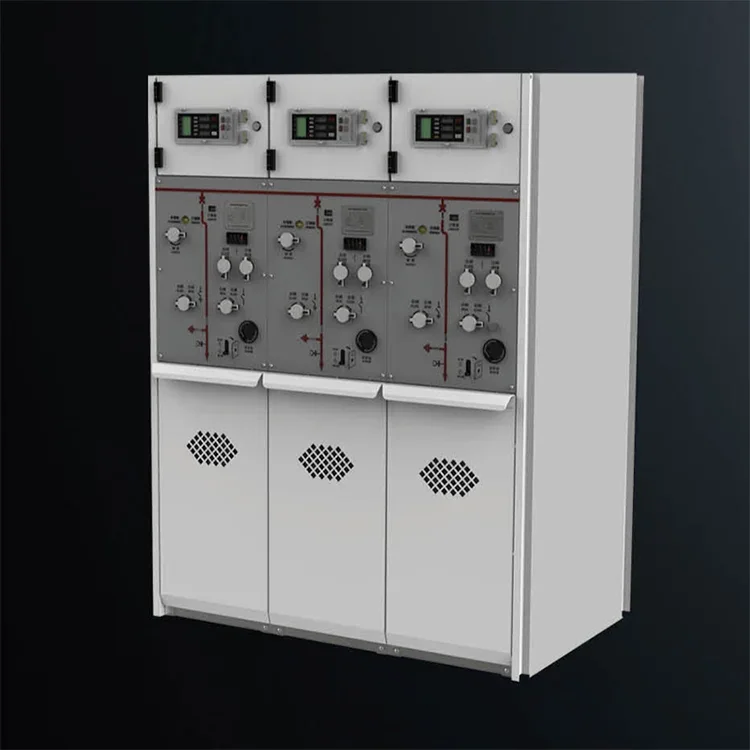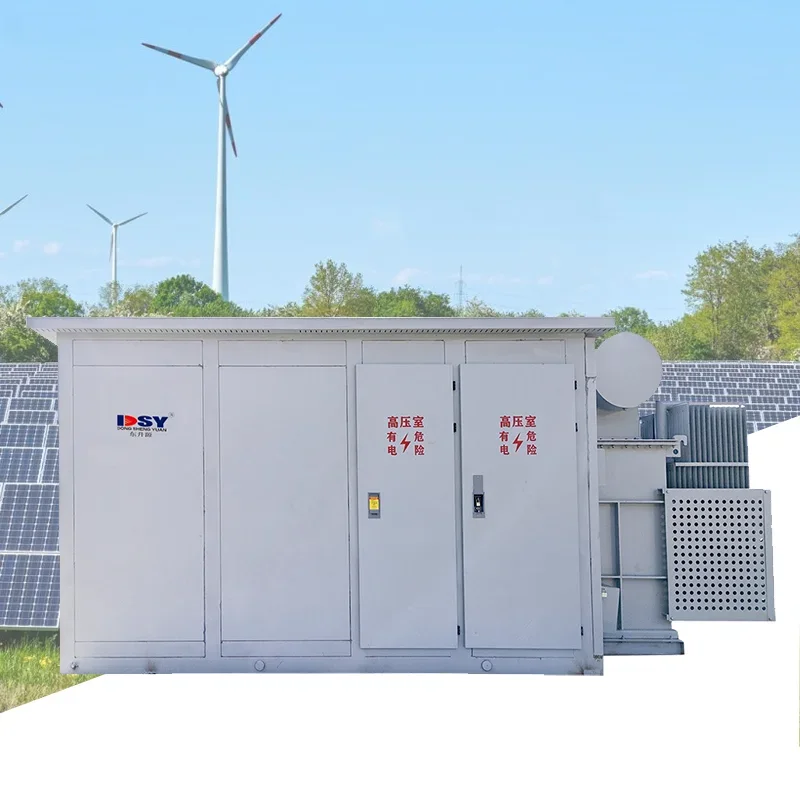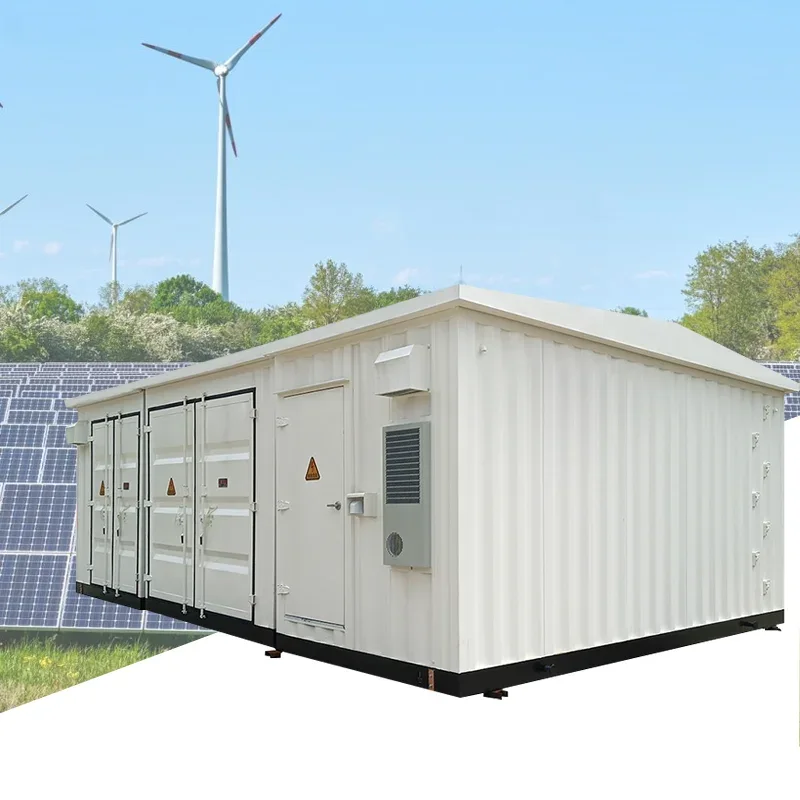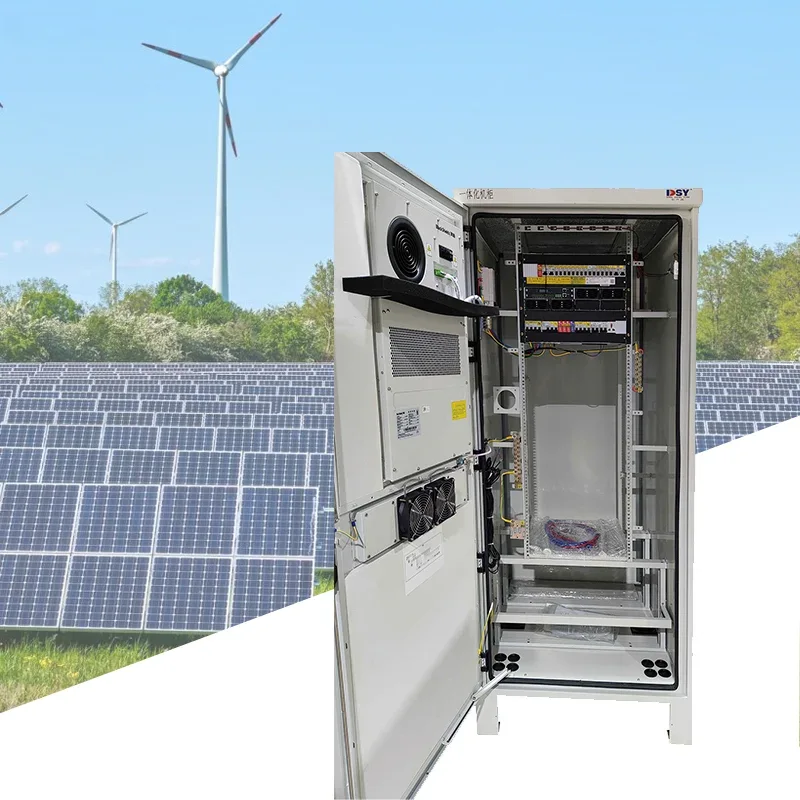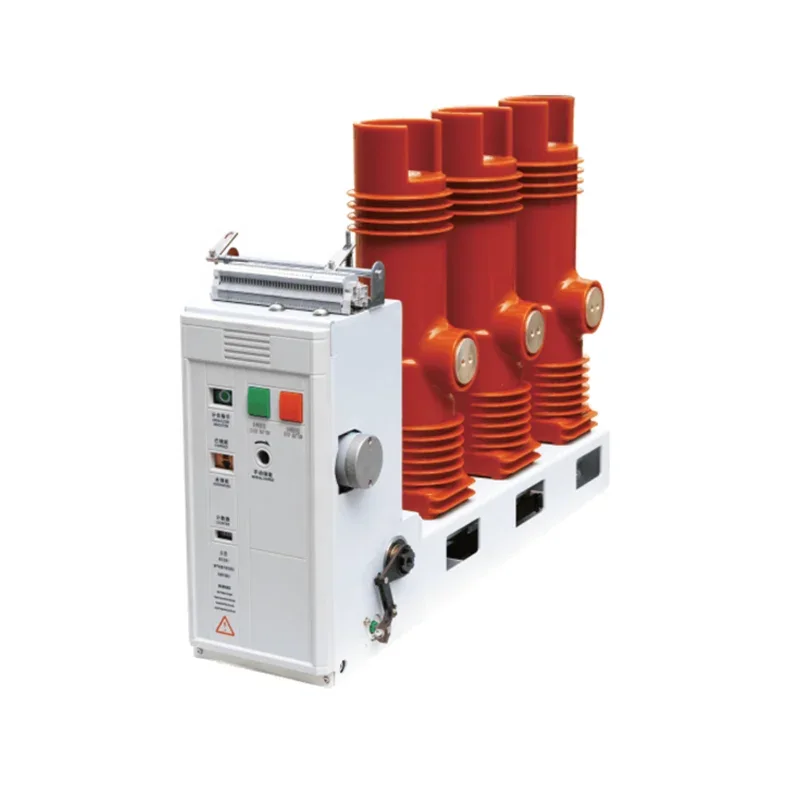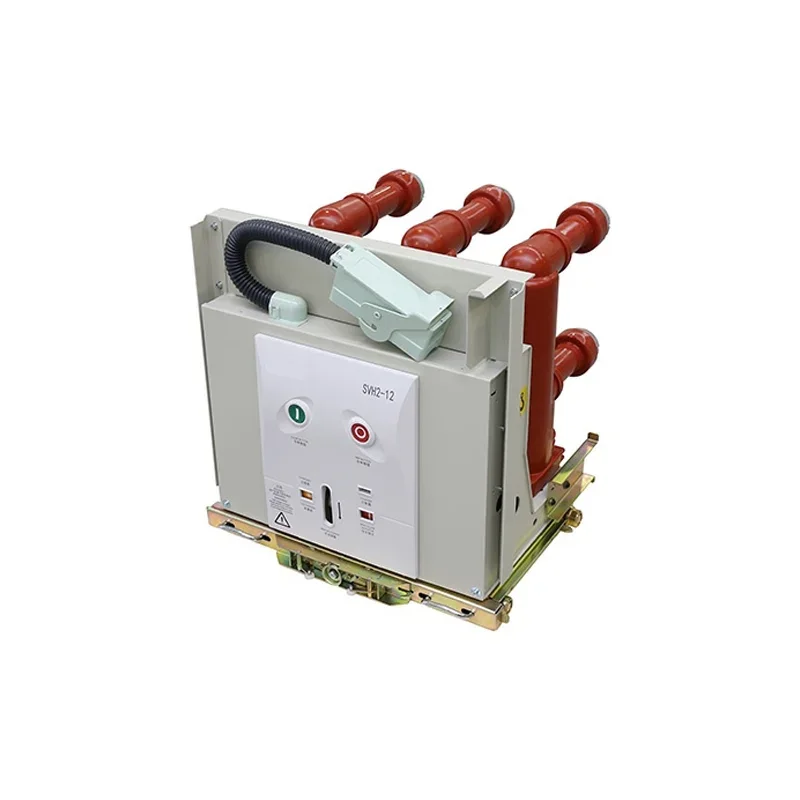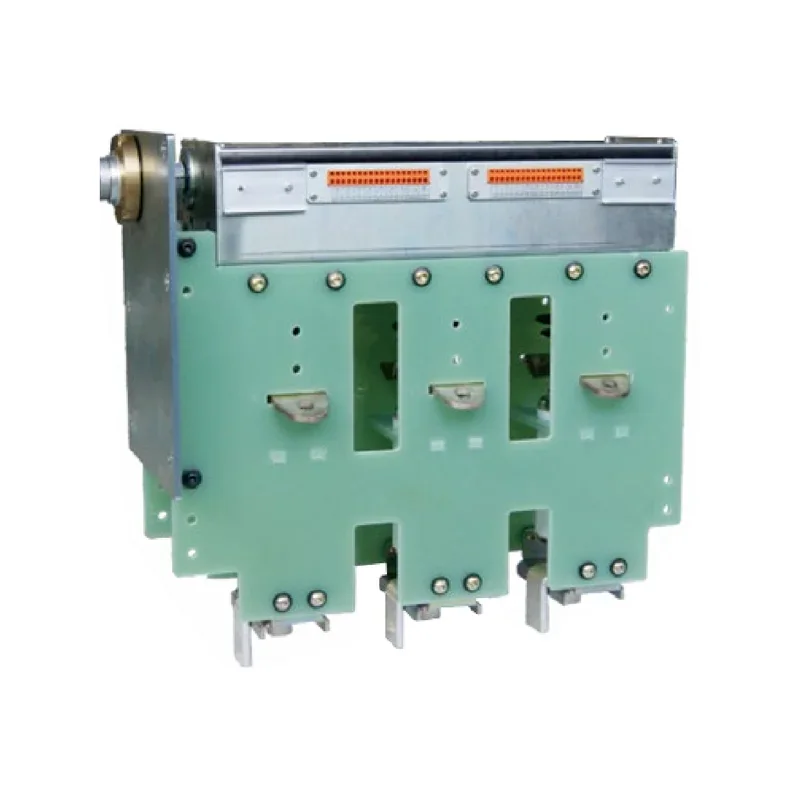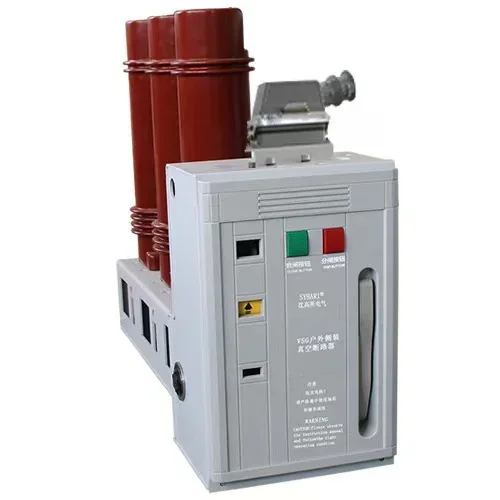Understanding LV Switchgear: Essential Insights for Low Voltage Applications
LV switchgear, or low voltage switchgear, plays a critical role in the management and distribution of electrical power within various industrial and commercial settings. This equipment is designed to protect electrical circuits, manage power flows, and ensure safety in low voltage systems, typically operating at voltages below 1000 volts AC or 1500 volts DC. One of the primary functions of LV swit
Aug 17,2025
One of the primary functions of LV switchgear is to isolate electrical equipment for maintenance or in the event of a fault. This isolation is vital for protecting both personnel and equipment from electrical hazards. Additionally, LV switchgear helps to control and distribute electrical power efficiently, ensuring reliable operation of machinery and electrical systems.
There are several types of LV switchgear, including air-insulated switchgear (AIS), gas-insulated switchgear (GIS), and modular switchgear. Each type has its unique features and applications:
1. **Air-Insulated Switchgear (AIS)**: This is the most common type of low voltage switchgear. It utilizes air as the insulation medium and is suitable for a wide range of applications. AIS is generally cost-effective and allows for easier maintenance.
2. **Gas-Insulated Switchgear (GIS)**: This type is designed for compact installations where space is limited. GIS uses a gas like sulfur hexafluoride (SF6) as an insulating medium, providing high reliability and safety. Although more expensive, GIS is ideal for urban areas or where environmental conditions are challenging.
3. **Modular Switchgear**: This is a flexible solution that allows for easy expansion and customization. Modular switchgear can adapt to changing electrical needs, making it a versatile option for dynamic environments.
When selecting LV switchgear, several factors should be considered to ensure optimal performance and safety. These include the specific electrical load requirements, environmental conditions, and maintenance accessibility. Additionally, compliance with national and international standards is crucial, as it ensures that the switchgear operates safely and efficiently.
Furthermore, integrating advanced technologies, such as digital monitoring systems, can enhance the functionality of LV switchgear. These systems allow for real-time performance monitoring, predictive maintenance, and improved fault detection, significantly increasing operational efficiency and reducing downtime.
In conclusion, LV switchgear is an indispensable component in low voltage electrical systems, providing safety, control, and reliability. Understanding its types, functions, and key considerations will help professionals in the electrical industry make informed decisions and optimize the performance of their electrical installations. By focusing on these elements, you can ensure a more efficient and safer electrical infrastructure.
PREVIOUS:
Related News
From June 5th to 8th, 2025, Shenzhen Dongshengyuan Electrical Equipment Co., Ltd. (hereinafter referred to as "Dongshengyuan Electric") participated in the Southeast Asia Electricity and Energy Exhibition (SEAPAE) held in Jakarta, Indonesia. During the exhibition, the company highlighted its three core product lines: high-voltage and low-voltage distribution switchgear, intelligent circuit breakers, and environmentally friendly load switches. These products are designed to provide targeted solutions for the high temperature and high humidity environments commonly found in Southeast Asia, as well as the growing demand for new energy access. They have successfully attracted over 200 industry customers for business negotiations.
The difference between circuit breakers and vacuum circuit breakers
Circuit breaker is an abbreviation for pole type circuit breaker. Circuit breakers are also vacuum circuit breakers

